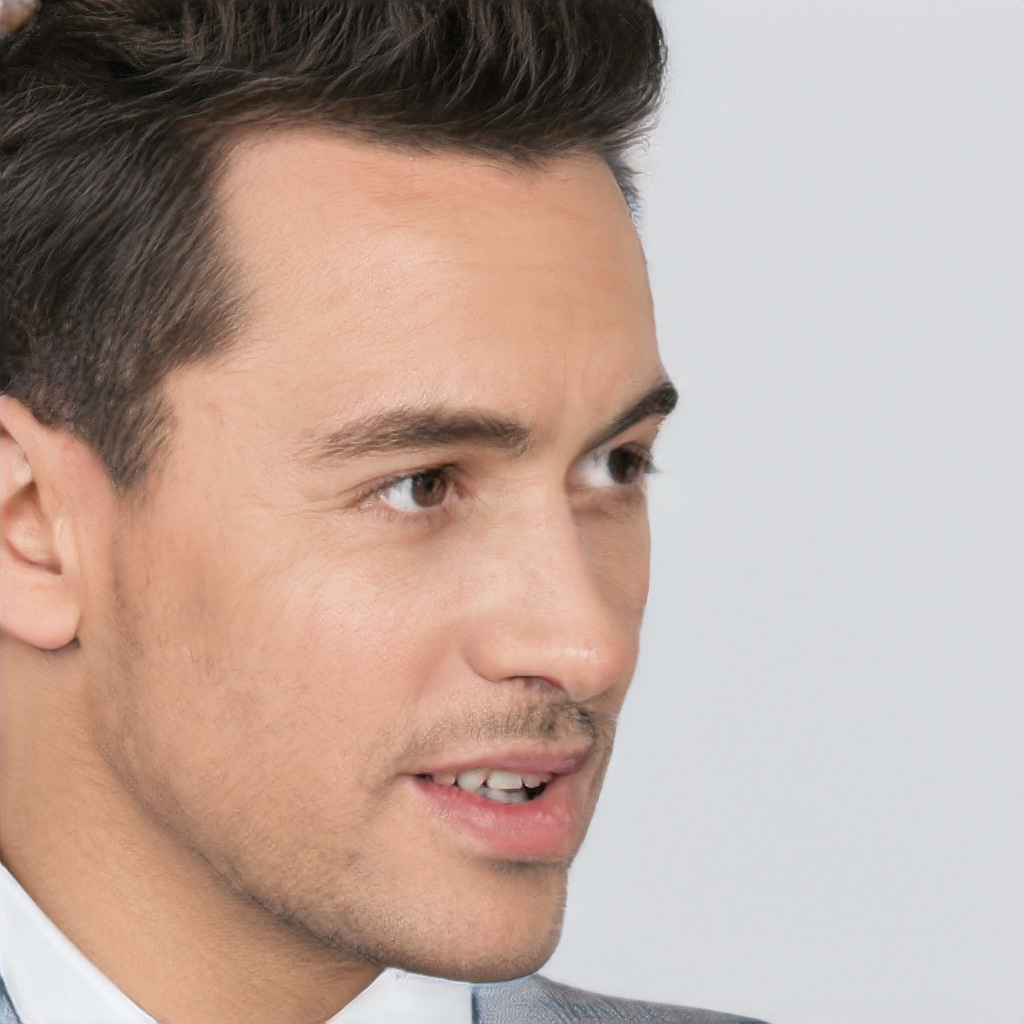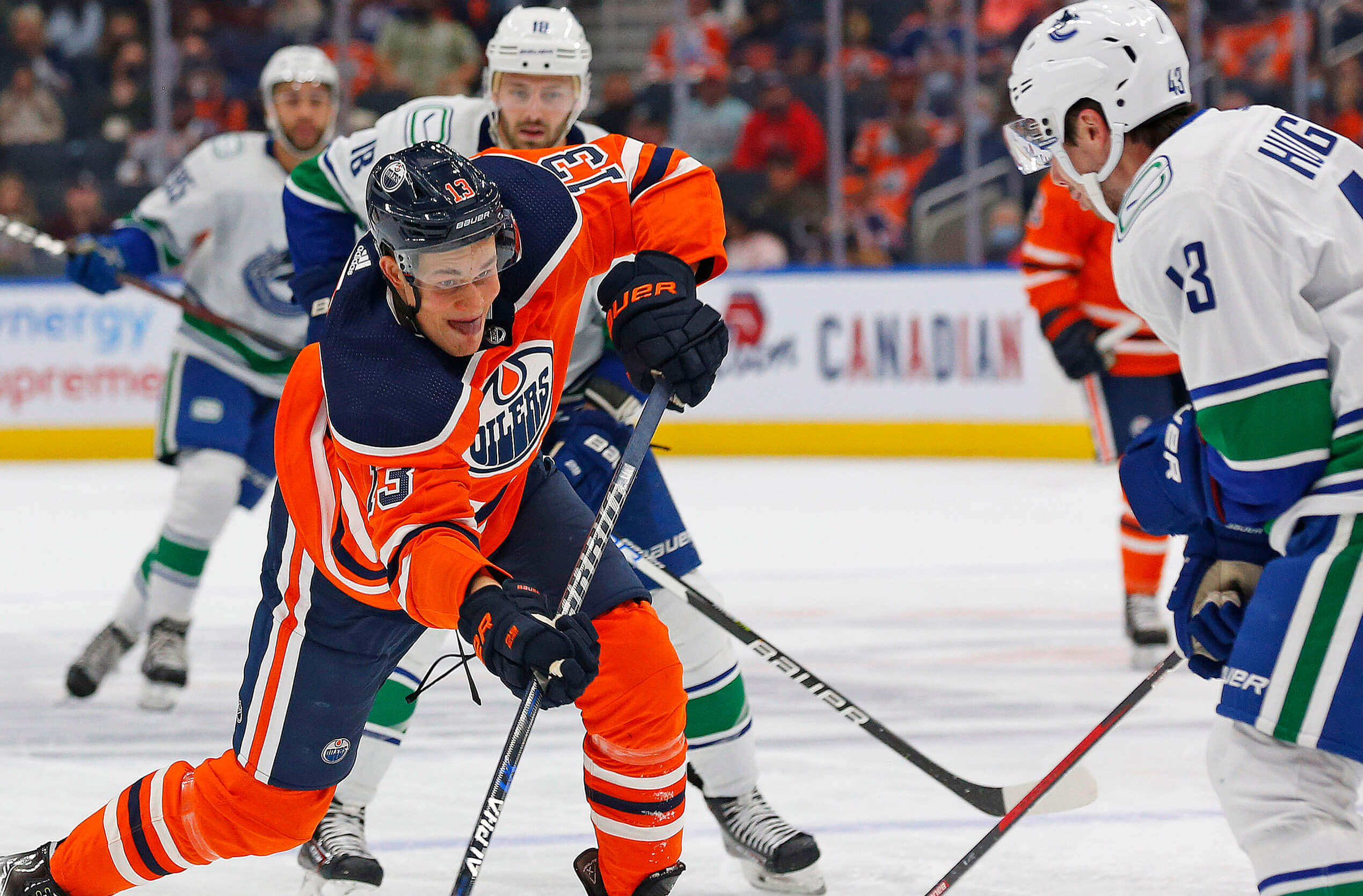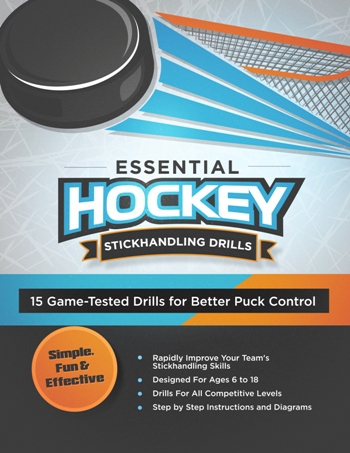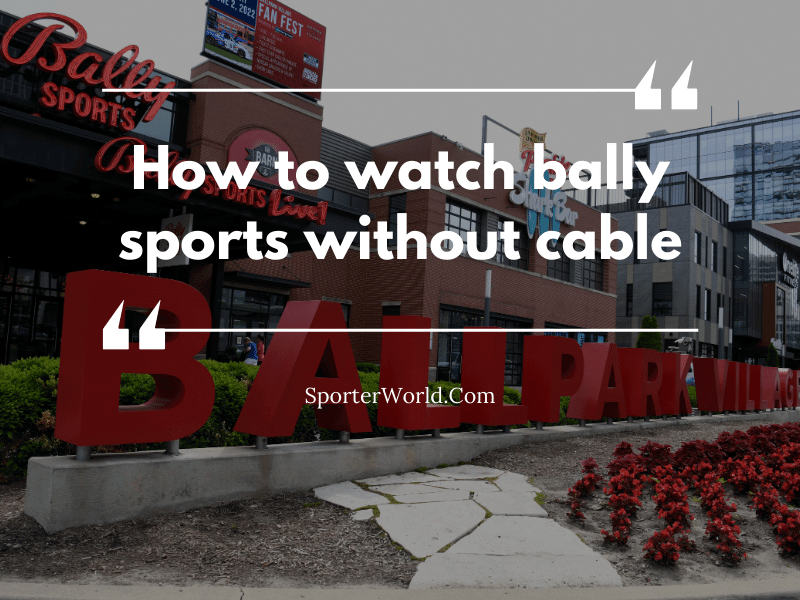The best hockey training programs offer effective and targeted methods to improve skills and performance. These programs provide comprehensive training plans, incorporating elements such as strength and conditioning, skill development, and game strategy to help players reach their full potential on the ice.
With a focus on specific areas of improvement, these programs ensure that players receive the necessary guidance and support to enhance their individual abilities and overall hockey proficiency. Whether it’s through structured practice sessions, specialized drills, or expert coaching, these training programs offer a well-rounded approach to elevate an athlete’s game to the next level.
By participating in the best hockey training programs, players can maximize their development and increase their chances of success in the sport.
Why Hockey Training Programs Matter
Specialized training programs play a crucial role in improving the performance of hockey players on the ice. These programs are designed to enhance specific skills required for the sport, such as speed, agility, power, and endurance. By focusing on these areas, players can improve their overall game and excel in various aspects of hockey.
One of the key benefits of specialized training programs is the targeted approach they offer. These programs are often designed by experienced coaches and trainers who understand the unique demands of the sport. They incorporate exercises and drills that simulate game-like situations, helping players develop the necessary skills and techniques to perform at their best.
Moreover, these training programs provide players with structured and progressive training sessions. They introduce various training methods and techniques gradually, allowing players to build strength, stamina, and skill over time. This structured approach ensures that players make consistent advancements in their performance and reach their full potential.
Furthermore, these programs also focus on injury prevention and recovery. They include exercises and routines that help strengthen key muscle groups, improve flexibility, and reduce the risk of common hockey-related injuries. By following a well-designed training program, players can minimize the chances of injuries and stay on top of their game.
Overall, specialized training programs are a vital component of a hockey player’s development. They provide the necessary tools and guidance to enhance skills, improve performance, and prevent injuries. Whether you are a beginner or an elite player, incorporating a well-designed training program into your routine can significantly elevate your game.

Credit: wearecomplex.com
Key Components Of Effective Hockey Training Programs
Effective hockey training programs consist of comprehensive strength and conditioning exercises, agility and speed training, as well as skill development drills.
**Comprehensive strength and conditioning exercises** play a crucial role in enhancing overall performance on the ice. These exercises focus on building strength, power, and endurance, enabling players to withstand the demands of the game. They often include weightlifting, plyometrics, and cardiovascular training.
**Agility and speed training** is essential for quick and precise movements on the ice. It aims to improve players’ acceleration, deceleration, and change of direction capabilities, allowing them to outperform their opponents. Agility ladder drills, cone drills, and shuttle runs are commonly included in such training regimes.
**Skill development drills** enable players to refine their technical abilities, such as shooting, passing, and stick handling. These drills are designed to enhance players’ hockey-specific skills and game intelligence. They often involve repetitive exercises, game simulations, and small-area games.
Evaluating The Best Hockey Training Programs
When it comes to researching and selecting the right hockey training program for your needs, there are several factors to consider. The program’s structure, progression, and focus areas are crucial in determining its suitability for your goals. Look for programs that offer a well-defined structure, with clear and progressive steps that allow you to develop your skills incrementally. A program that focuses on the specific areas you want to improve, whether it’s skating, shooting, or strength training, is essential.
Furthermore, it is valuable to gather insights from professional athletes and trainers through reviews and feedback. Their experiences can provide valuable information about the program’s effectiveness and overall quality. Positive testimonials from professionals who have achieved success using the program can give you confidence in its credibility.
By carefully evaluating these factors, you can find the best hockey training program that aligns with your goals and helps you reach your full potential on the ice.
Training Program 1: Strength And Conditioning
Training Program 1: Strength and Conditioning
This comprehensive hockey training program focuses on developing power and endurance for improved performance on the ice. Incorporating a variety of exercises, including weightlifting, plyometrics, and resistance training, this program is designed to target specific muscle groups and enhance overall physical fitness.
The targeted exercises in this program are carefully selected to build strength and power in key areas, such as the legs, core, and upper body. These exercises not only help players generate more force and explosive speed but also improve endurance and prevent injuries. By incorporating a mix of weightlifting, plyometrics, and resistance training, players can achieve a well-rounded and balanced training regimen that encompasses both strength and cardiovascular conditioning.
With regular practice, this comprehensive training program can provide significant improvements in a player’s performance on the ice, enabling them to achieve their full potential and excel in the game of hockey.
Training Program 2: Agility And Speed
Agility drills play a crucial role in improving quickness and reaction time on the ice. These drills focus on enhancing a player’s ability to change direction swiftly and maintain balance while doing so. Some popular agility exercises include ladder drills, cone drills, and shuttle runs.
Speed training techniques are essential for maximizing acceleration and top speed on the ice. These techniques involve exercises such as sprints, interval training, and resistance training to enhance the player’s overall speed and explosiveness.
In addition to agility and speed, coordination and balance are key factors in hockey performance. A player with good coordination and balance can maneuver through opponents effectively and maintain control of the puck. Balance exercises such as single-leg squats and lateral lunges help in improving stability and body control on the ice.
By incorporating agility drills, speed training techniques, and balance exercises into your hockey training program, you can enhance your on-ice performance and elevate your game to the next level.
Training Program 3: Skill Development
Training Program 3: Skill Development
Practicing shooting, passing, and stickhandling techniques is essential for any hockey player aiming to enhance their skills. To achieve optimal results, innovative training methods that focus on improving puck control and accuracy are highly recommended. These methods can include various drills and exercises that challenge players to push their limits while developing key skills. Incorporating game-like scenarios in training sessions also plays a crucial role in enhancing decision-making abilities and hockey IQ. By simulating real-game situations, players can improve their ability to read the game and make quick, accurate decisions. The combination of these training techniques provides players with a comprehensive skill development program that can take their game to the next level.
Maximizing Results: Combining Training Programs
When it comes to hockey training, balancing strength, agility, and skill development is crucial for optimal performance gains. Integrating different training programs into your routine can help unlock your maximum potential on the ice.
One effective approach is periodization, which involves structuring your training plan into specific phases, each targeting different aspects of your game. For example, you can focus on building strength during the off-season, then shift to agility and speed training as the season approaches. This systematic approach ensures that you’re consistently challenging your body and avoiding plateaus.
To track your progress and make informed adjustments, keeping a training log is essential. Note your workouts, the weights lifted, the number of repetitions, and any improvements in speed or skills. This data-driven approach allows you to identify areas that need more attention and make necessary adjustments to your training program.
Incorporating a variety of training programs and monitoring your progress will help you maximize your results and elevate your hockey performance to new heights.
The Future Of Hockey Training Programs
The future of hockey training programs is continually evolving, shaped by advancements in technology and the constant pursuit to meet the changing demands of the sport. One key development is the utilization of player analytics to create personalized training programs. By analyzing individual player data, trainers can identify strengths and weaknesses, enabling them to design tailored plans that maximize performance. This approach ensures that players receive targeted coaching, focusing on areas that require improvement and enhancing their overall skill set.
Furthermore, the evolution of hockey training programs extends beyond player analytics. With the introduction of new technologies such as virtual reality and artificial intelligence, training methods have become more innovative and immersive. These advancements provide players with the opportunity to practice in virtual game scenarios, enhancing decision-making skills and situational awareness. Moreover, virtual reality training allows players to experience game-like situations without the physical demands, reducing the risk of injuries.
| Benefits of Advanced Training Programs |
|---|
| 1. Enhanced performance through personalized coaching. |
| 2. Improved decision-making skills and situational awareness. |
| 3. Reduced risk of injuries with virtual reality training. |
| 4. Adaptation to changing demands of the sport. |
Frequently Asked Questions Of Best Hockey Training Programs
What Is The Best Way To Train For Hockey?
To train for hockey, focus on a combination of strength, endurance, agility, and hockey-specific skills.
How Many Days A Week Should Hockey Players Train?
Hockey players should train at least 3-5 days a week for optimal performance and skill development.
Is Peloton Good For Hockey Training?
Yes, Peloton is good for hockey training as it offers effective workouts that improve stamina, strength, and agility.
How Do You Train Like A Professional Hockey Player?
To train like a professional hockey player, focus on high-intensity workouts, practice skill drills, and maintain a balanced diet.
Conclusion
To wrap up, the importance of choosing the right hockey training program cannot be overstated. By investing in a program that focuses on all aspects of the game, from strength and conditioning to skill development, players can drastically improve their performance on the ice.
The top hockey training programs mentioned offer a wide range of resources and expertise to meet the needs of players at every level. Whether you are a beginner looking to gain a solid foundation or an advanced player striving to take your game to the next level, there is a program out there for you.
Remember, consistency and dedication are key when it comes to getting the most out of any training program. So, lace up your skates, hit the ice, and get ready to take your hockey skills to new heights!




